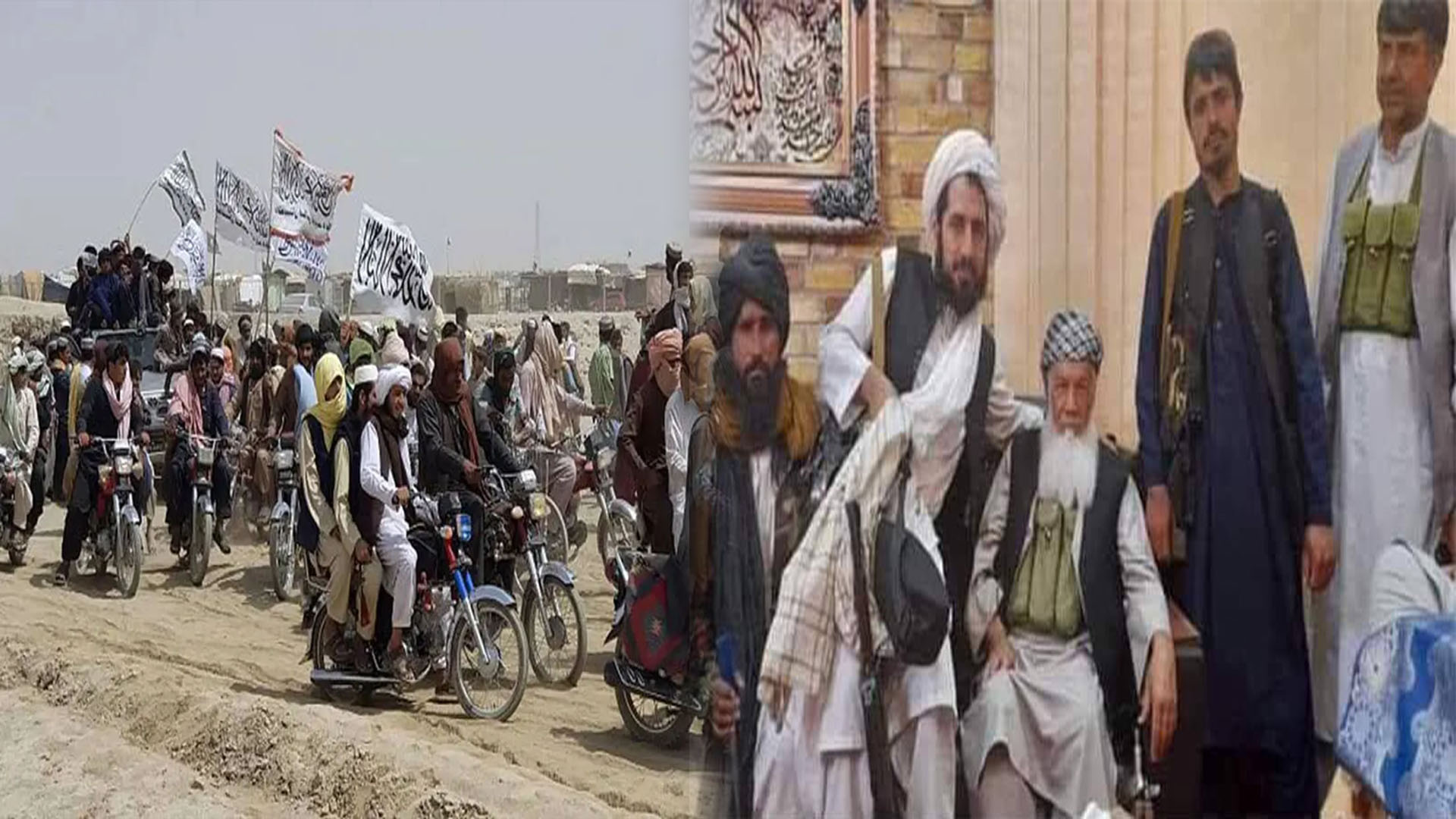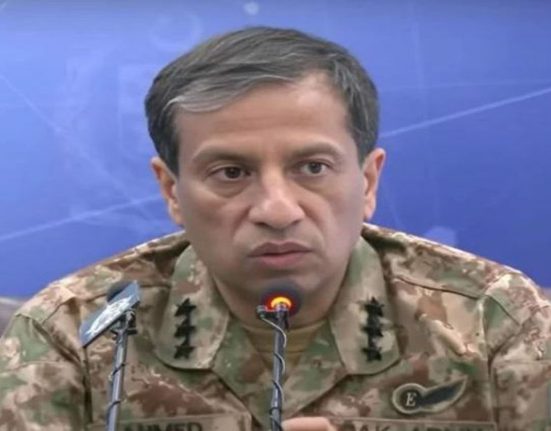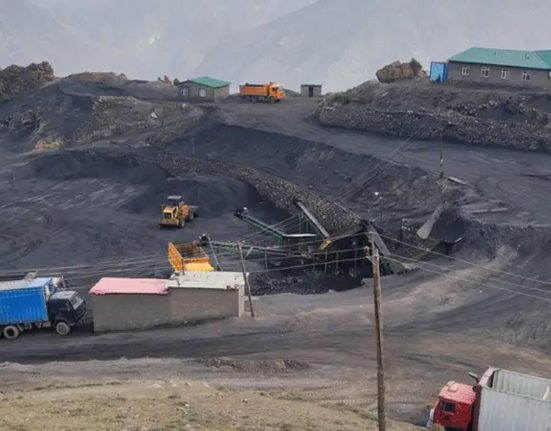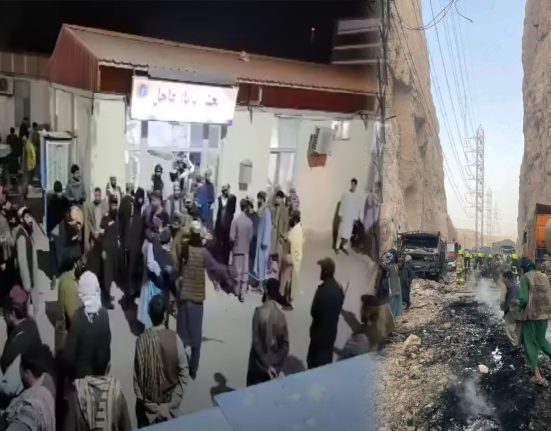
What were the underlying factors in the fall of Herat province?
The fall of Herat in the summer of 2021 was one of the decisive turning points in the collapse of the Afghan republic;
An event that was accompanied by the almost complete surrender of this important western province to the Taliban and had widespread political and security consequences across the country.
Ashraf Ghani’s hands behind the scenes played a decisive role in the fall of Herat; his strategic decisions, including weakening the security forces and the lack of effective support for local commanders, paved the way for the immediate surrender of the province to the Taliban.
This approach led to the rapid collapse of the resistance and facilitated the occupation of Herat, which ultimately led to his escape and the end of the republican regime.
In the months leading up to the fall, the security situation in the districts of Herat deteriorated significantly.
The Taliban used psychological and economic tactics, including cash payments to government forces, to undermine their fighting spirit.
Meanwhile, the central government, despite numerous promises to regain lost territory, failed to take effective action and effectively lost control of the crisis in Herat.
Mohammad Ismail Khan, a popular figure and commander of the resistance front in Herat, tried to create organized resistance in the city in the face of the Taliban’s rapid advance and prevent a complete fall.
However, poor coordination at the highest levels of command and a lack of equipment, coupled with deep doubts and mistrust, gradually eroded popular and military resistance.
The interior minister’s sixteen-day visit to Herat and the presence of army special forces also failed to halt the process of collapse. The low morale of the forces and skepticism about government decisions, along with the lack of effective political and military support, shaped the situation in favor of the Taliban.
Finally, on August 12, 2021, Taliban forces infiltrated the headquarters of the Zafar Army Corps and captured military commanders, including Ismail Khan. This moment was a bitter symbol of the collapse of organized resistance and the end of the central government’s control over one of the country’s most key provinces.
What is noteworthy is the role of behind-the-scenes decisions and ineffective policies of the ARG leadership, which, by paying little attention to the warnings and requests of local forces, paved the way for the quiet surrender of Herat.
Many observers believe that the central government deliberately refused to fully support the Herat forces and effectively pursued a policy of “gradual surrender” of the province to the Taliban.
The fall of Herat, along with the rapid collapse of provinces across Afghanistan, marked the end of the republican system that had ruled the country for years and marked a new chapter of Taliban rule.







